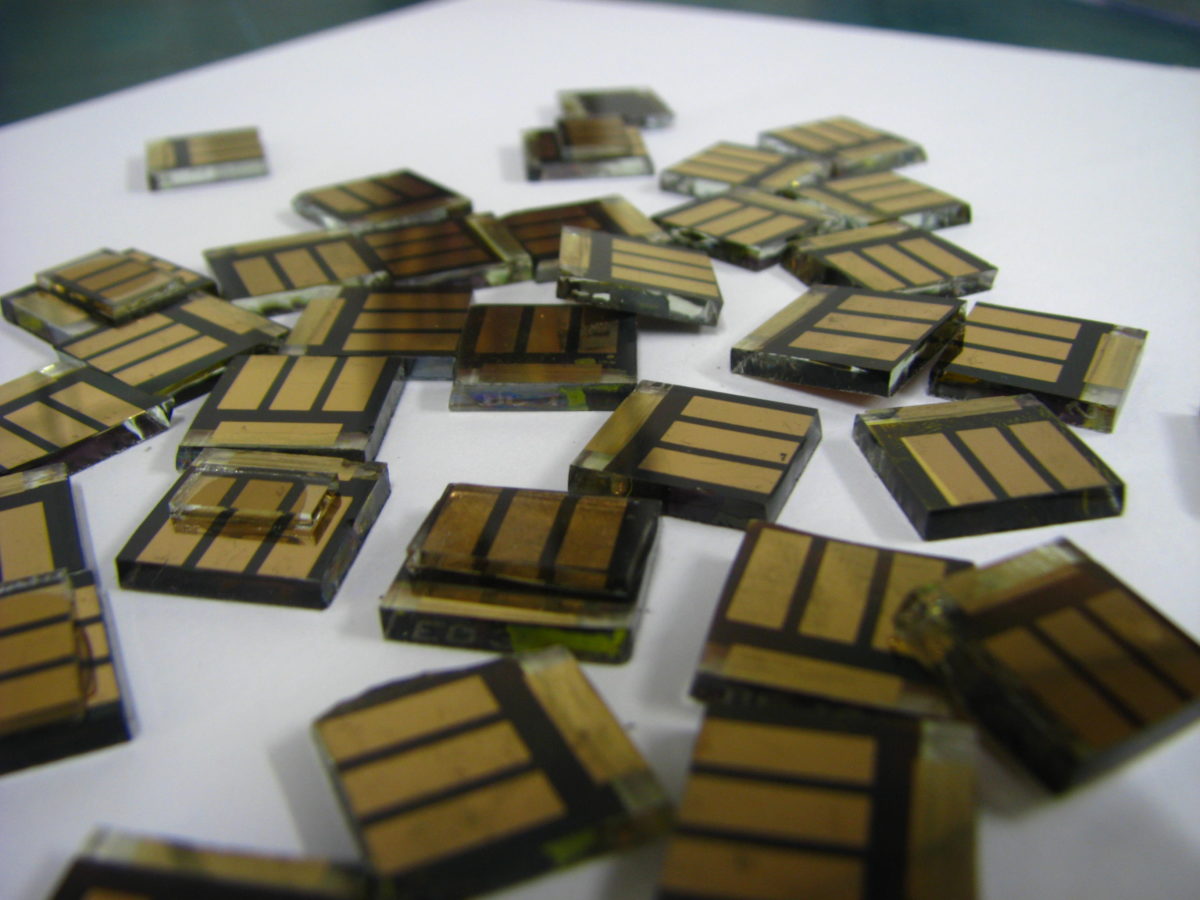Scientists at Saudi Arabia’s King Abdullah University of Science and Technology (KAUST) are seeking to improve the thermal stability and moisture resistance of perovskite solar cells using 2D hybrid materials.
The research group said it is seeking to solve the problem of rapid hot-carrier cooling in perovskite cells by changing the organic component of hybrid 2D perovskites. In perovskite PV devices, hot carriers must be harvested before cooling to the lattice temperature or they are lost to electricity production.
The researchers used ultra-fast laser spectroscopy to examine the hot‐carrier cooling properties of three organic components: ethanolamine (EA), aminopropanol and phenylethylamine. “Ultra-fast spectroscopy is a very powerful and convenient approach to directly track hot-carrier relaxation,” said research co-author Omar Mohammed.
Cool discovery
The first of the three materials – which has the formula (EA)2PbI4 – is said to have undergone a much slower hot-carrier cooling process. “Its structure suppressed a range of mechanisms by which hot carriers usually lose energy to the surrounding perovskite structure,” the scientists wrote.
Popular content
The researchers will now analyze hot-carrier dynamics and extraction in 2D perovskites with different compositions while also evaluating possible extraction of the carriers in a real perovskite solar cell.
Fellow KAUST researchers unveiled a new organic PV cell technology based on tungsten disulfide flakes a few atoms thick in December. That cell, with a reported 17% efficiency, is based on 2D material as a hole transporter.
In June, scientists at Penn State University in the U.S. announced they had developed a new class of 2D perovskite materials with a unique set of properties. The key finding of their research was that the material was highly conductive at its edges and insulating at its core.
This content is protected by copyright and may not be reused. If you want to cooperate with us and would like to reuse some of our content, please contact: editors@pv-magazine.com.



By submitting this form you agree to pv magazine using your data for the purposes of publishing your comment.
Your personal data will only be disclosed or otherwise transmitted to third parties for the purposes of spam filtering or if this is necessary for technical maintenance of the website. Any other transfer to third parties will not take place unless this is justified on the basis of applicable data protection regulations or if pv magazine is legally obliged to do so.
You may revoke this consent at any time with effect for the future, in which case your personal data will be deleted immediately. Otherwise, your data will be deleted if pv magazine has processed your request or the purpose of data storage is fulfilled.
Further information on data privacy can be found in our Data Protection Policy.